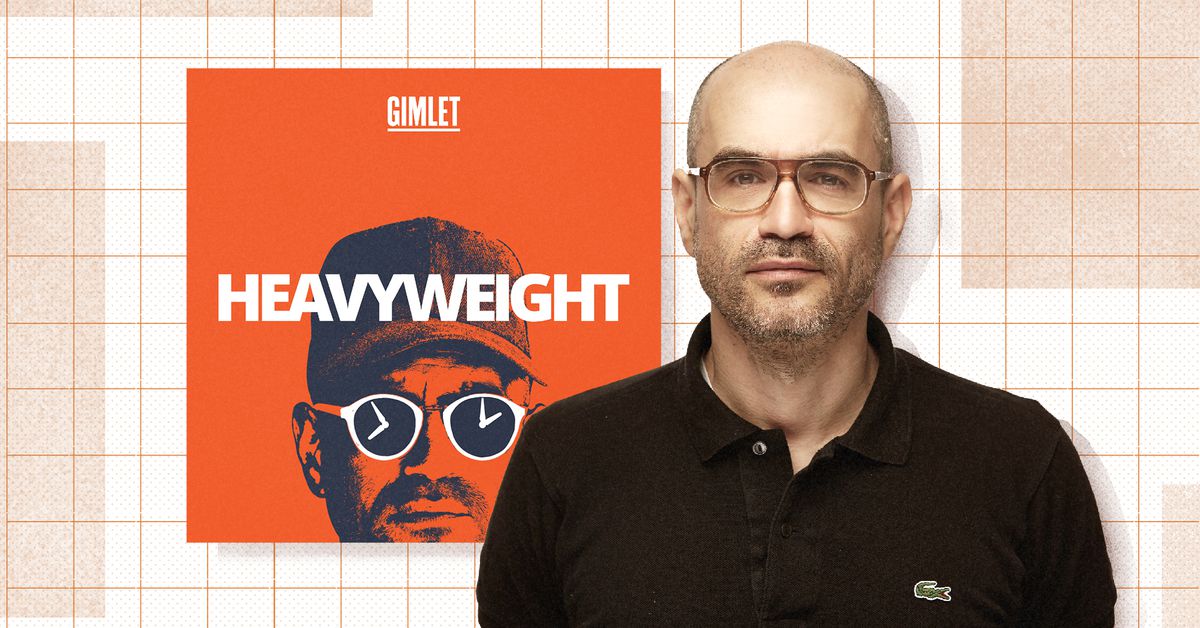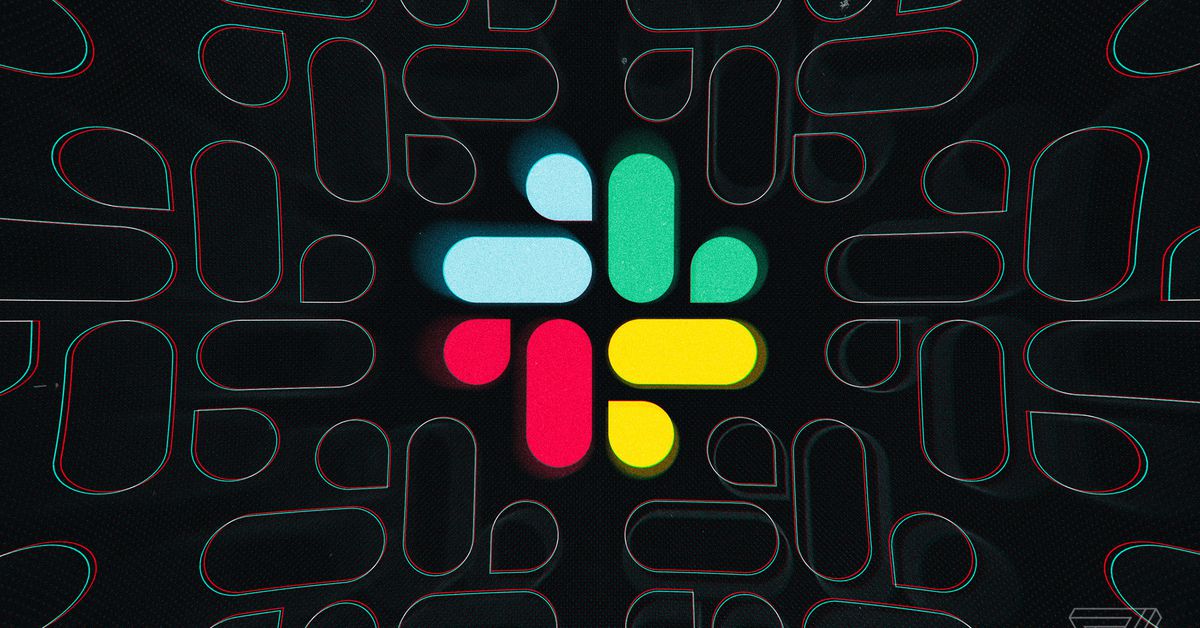Uber is now asking riders to get verified as a safety measure for drivers
Illustration by Alex Castro / The VergeUber announced a new rider verification feature aimed at giving drivers and couriers more peace of mind about their customers. The rideshare company has tried to fight fraud and improve safety on its...
/cdn.vox-cdn.com/uploads/chorus_asset/file/23932656/acastro_STK106__02.jpg)
Uber announced a new rider verification feature aimed at giving drivers and couriers more peace of mind about their customers.
The rideshare company has tried to fight fraud and improve safety on its platform through a variety of methods, including safety check-ins, PIN verification, and audio recordings of rides. But to date, most of these efforts have focused on the safety of riders, not drivers. Some drivers have urged Uber to do more for them, leading to today’s announcement about a new rider verification process.
Uber customers who choose to be verified will have their personal information, like their name and phone number, cross-checked against third-party databases to make sure there aren’t any potential red flags. In addition, they can opt to upload their government-issued ID to the Uber app to further verify their identity. Customers who are verified will have a special badge attached to their account that will be visible to drivers before they accept trip requests.
At a safety event today in Washington, DC, Uber CEO Dara Khosrowshahi said the company has banned about 15,000 rider accounts after they were found to be using fake and inappropriate names. The changes being announced today are meant to give drivers more confidence that they aren’t being scammed or targeted when they accept trip or delivery requests.
“We recognize that driving and delivering in today’s world comes with its challenges, and we want you to know that we’re here to support you,” Khosrowshahi said to the drivers gathered at the event.
Rider verification is strictly voluntary, meaning the company will need to rely on the goodwill of riders in order for it to have a meaningful impact. Toward that end, Uber began testing rider verification in a number of cities earlier this year and was satisfied with the results: “the majority of riders” in those pilot markets got verified, and those that were “tend to give drivers 5 stars more often,” the company said. “Riders who are verified also get fewer serious complaints from drivers.”
Uber hopes that rider verification will provide another layer by which to protect drivers, who in many ways are the company’s core customers. While riders tend to be fickle and hop between apps based on wait times or prices, drivers are more likely to stick with the platform that pays them the most. And drivers have historically felt like they don’t have a voice with Uber, frequently railing against deactivation policies and calling for more reliable driver support services.
For its part, Uber says it’s open to changes sought by drivers. In 2019, the company started deactivating riders who consistently received poor ratings from drivers. And Uber has a list of community guidelines for riders, which include a lot of awful behaviors that will get you banned from the platform.
At the driver event, Khosrowshahi said the company was committed to maintaining an open dialogue with drivers. “Rest assured, we’ve got your back, we’re listening,” he said. “We’re committed to improving.”

 JimMin
JimMin 































